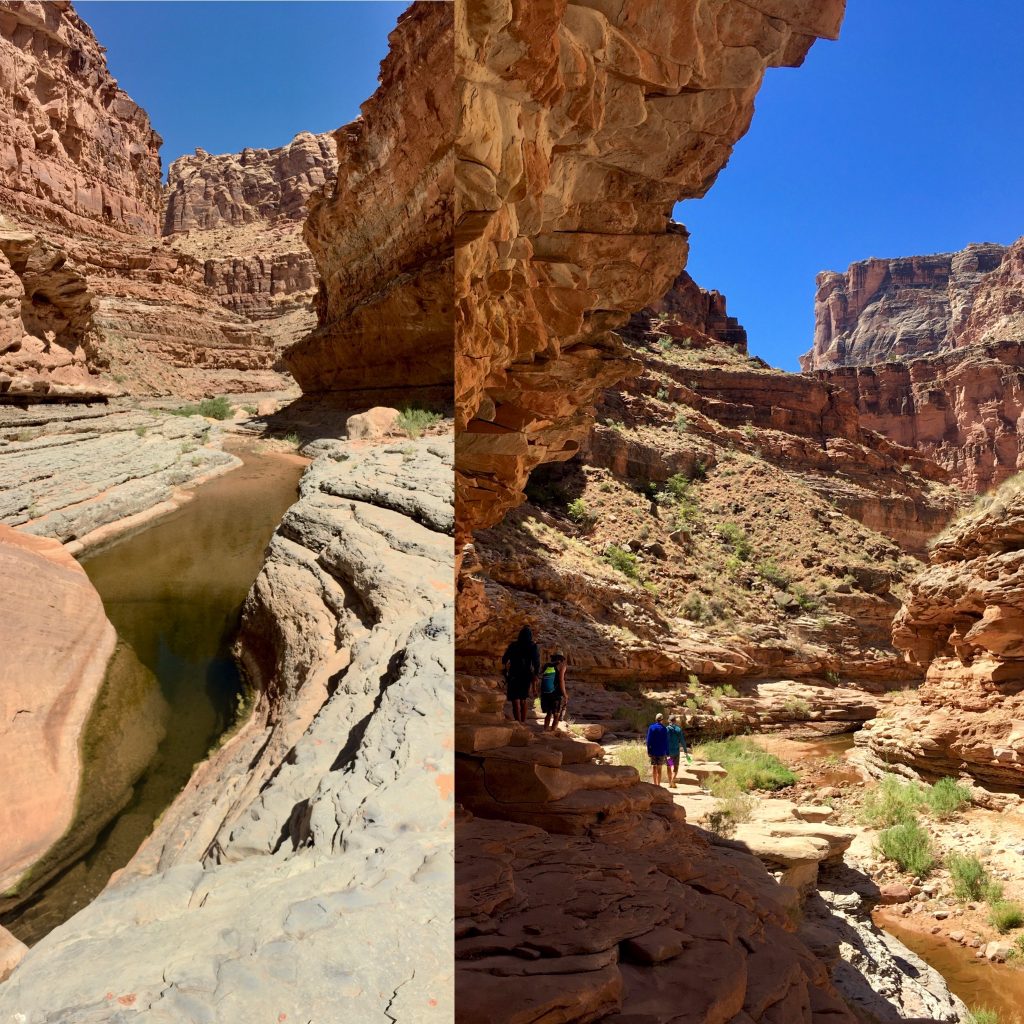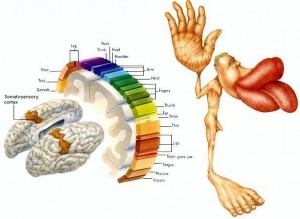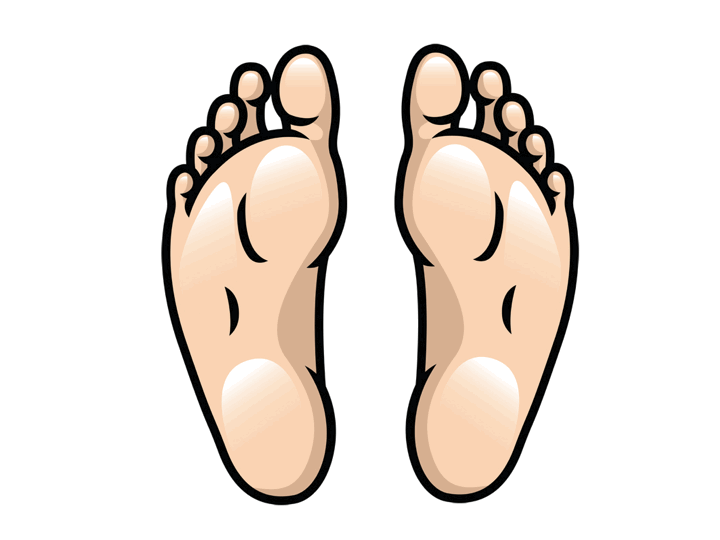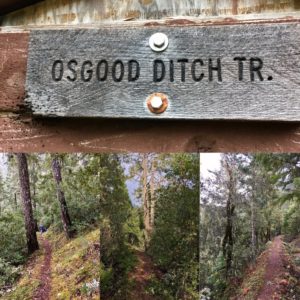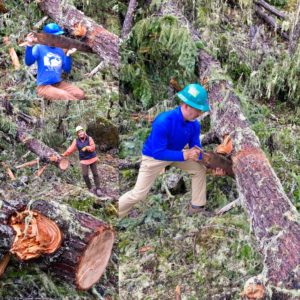Breathing is based on the ability to exchange gases. This exchange is accomplished by pressure and fluid dynamics.
The vital exchange of what is in the outside air, and the process of those essential ingredients for you to survive, AND to live efficiently in all activities you do. Health doesn’t happen. Health is a uncovering to continuously reveal the powers and capacities behind how you roll in life with your body and mind. And this requires Oxygen.
Oxygen is a gas.
And so is Nitric Oxide.
These are two very important essentials for life to be energized and supported. One is from outside and one is produced inside the lining of your nose.
The other gas of importance in the exchange for life is Carbon Dioxide – a byproduct of your energy production.
So why you ask is the diaphragm important in this process called Respiratory Physiology?
Because gas moves to and from by pressure, availability and permeability.
And when the diaphragm contracts before you engage with your inhalation. I hope you picked this up! Your diaphragm begins to contract BEFORE you ride the incoming breath, or consciously engage with the incoming air. This contraction sets up a cascade of actions by other muscles, tissues, joints and vessels based on a pressure gradient.
The diaphragm creates a larger space in the rib cage where your lungs are. As the diaphragm contracts:
- it moves down,
- muscles in between the ribs assist in up-lifting (a bucket handle analogy is often used for the ribs).
- neck muscles assist in anchoring/stabilizing the head on the neck, and mobilizing the neck and upper ribs.
- the spine “elongates” or flattens its curves - the upper spine, or thoracic spine, lessens it’s backward curvature = kyphosis, and the low back, or lumbar spine lessens it’s forward curvature = lordosis.
- the glottis contracts to generate a pressure gradient so air doesn’t escape (or go into the lungs). My friend Mary Massery’s studies into the “pop can dynamic of postural control” is brilliant in another awe of the diaphragm’s potential in human development, mobility and movement.
- the dilator muscle of the throat, in the pharynx and laryngeal region, contract to open up the airway.
- membranes of the small air sacs, alveoli – “grapes”, and lower smaller airways dilate (with the help of Nitric Oxide) for greater profusion across a barrier – the endothelial layer – for gas exchange.
- the pelvic floor moves downward to accommodate for the building internal pressure of the abdomen and pelvic cavities.
- certain parts of the blood circulation gain pressure, while other parts decrease pressure to accommodate for the powerful force of the blood; and this is influenced by the diaphragm, the connective tissues around all organs and other tissues for proper fluid dynamics.
And all of these coordinated activities like a symphony, create a maximal function for the outside air to move into all the spaces of the lungs with the greatest ease and least amount of energy required. Yes breathing is one of the energy consumers of your body.
The most important factor is the diaphragm’s contraction creates greater space. With greater space the pressure inside your lungs – which is already sub-atmospheric pressure, meaning it is less than the pressure outside. With an increase in pressure gradient, air moves easier along the gradient from higher to lower. This allows for the greatest efficiency of breathing to occur. And this is true in the opposite way to easily and efficiently release what is not needed in the system as eliminating from the lungs.
I hope you can begin to appreciate what all happens in the act of each breath you are given. All the above mentioned drive all activities in coordinated functions. And the health of each cell, and each tissue function, is dependent on this very important cascade of actions.
Did you know that they way you breathe can be affecting the health of your spine – neck, upper back and low back – too?
Contact me for a full-system approach to how your breathing impacts your health and well-being.

